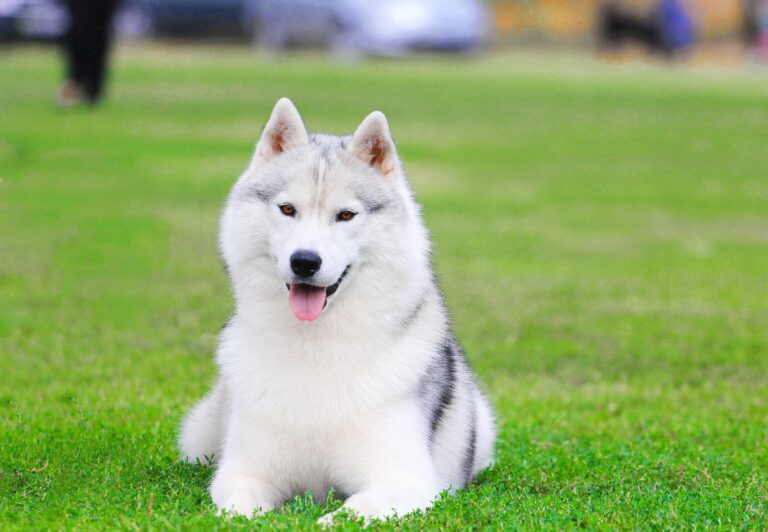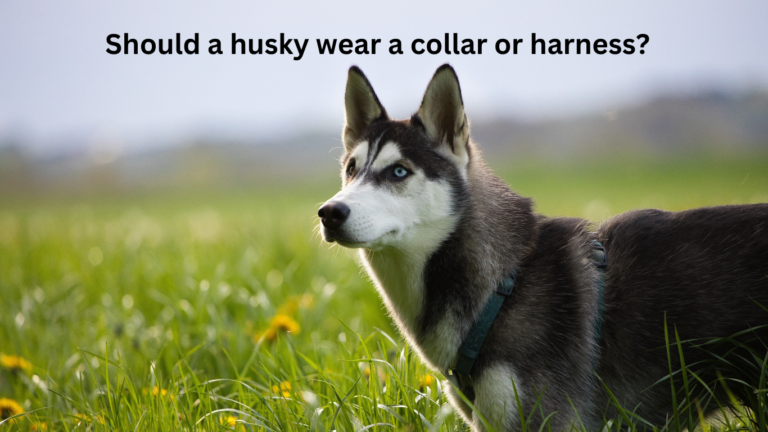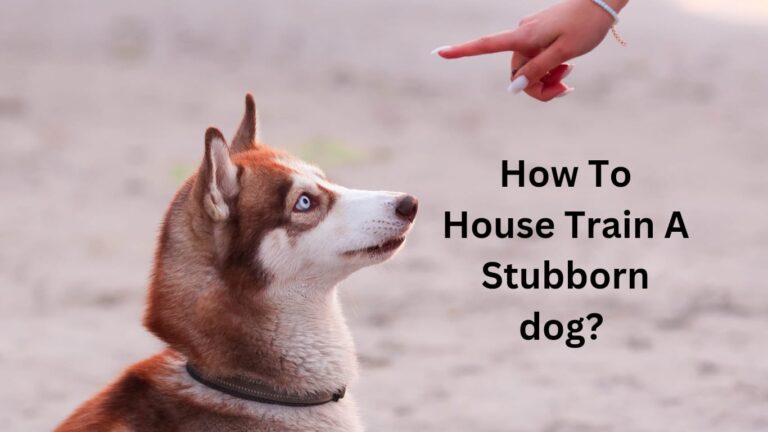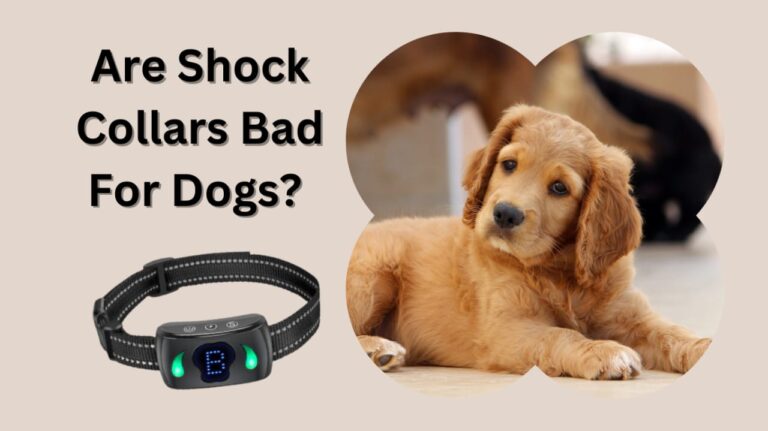will a shock collar work on a husky?
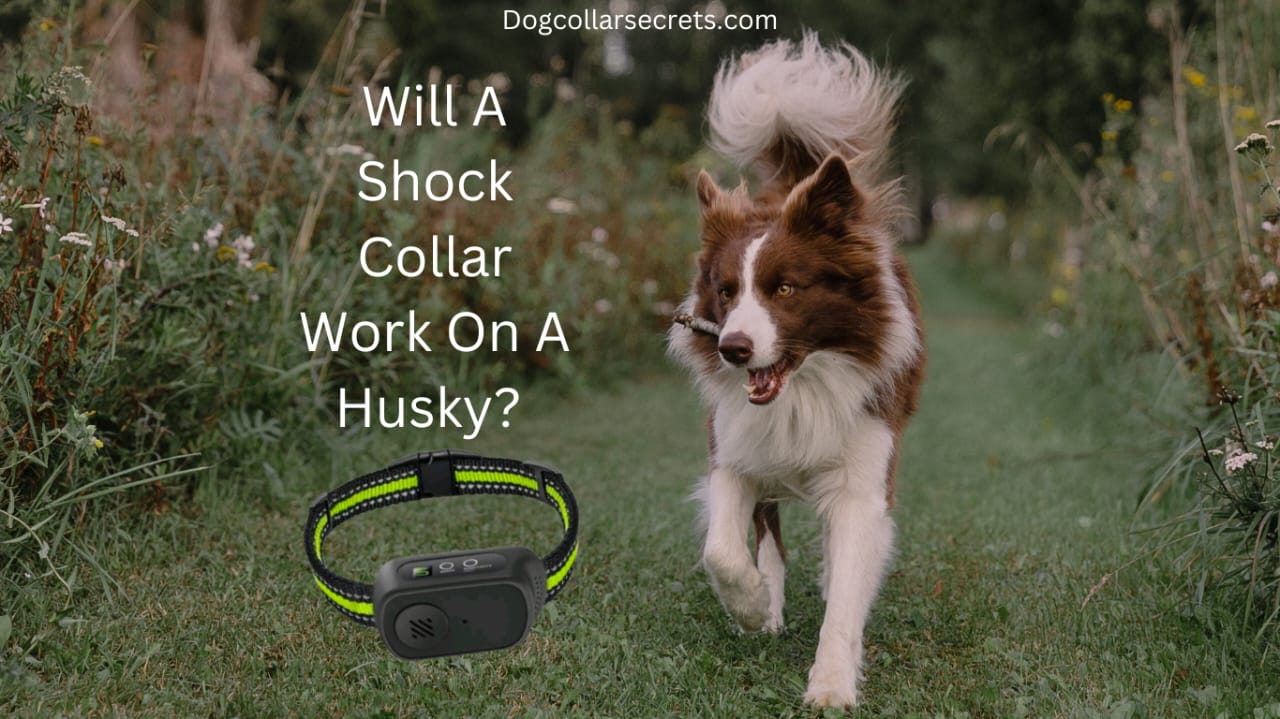
will a shock collar work on a husky?
Training a husky can be a rewarding yet challenging experience. Many dog owners consider using dog training collars, including anti-bark collars and shock collars, to instill discipline in their furry friends. In this guide, we’ll explore the question, “Will a shock collar work on a husky?” and delve into the use of various dog training collars.
Understanding Dog Training Collars:
Dog training collars are devices designed to assist in teaching dogs obedience and proper behavior. These collars come in different types, with shock collars and anti-bark collars being among the most common.
Anti Bark Collars:
Anti-bark collars are specifically designed to address excessive barking. These collars can emit a sound, vibration, or mild shock when the dog barks excessively. While they can be effective for certain breeds, huskies are known for their vocal nature, and the success of anti-bark collars may vary.
Shock Collars:
Shock collars, also known as e-collars or electronic collars, deliver a mild electrical stimulation to the dog when triggered. The idea is to associate the mild shock with undesirable behavior, encouraging the dog to avoid such actions. However, it’s crucial to use shock collars responsibly and with proper guidance.
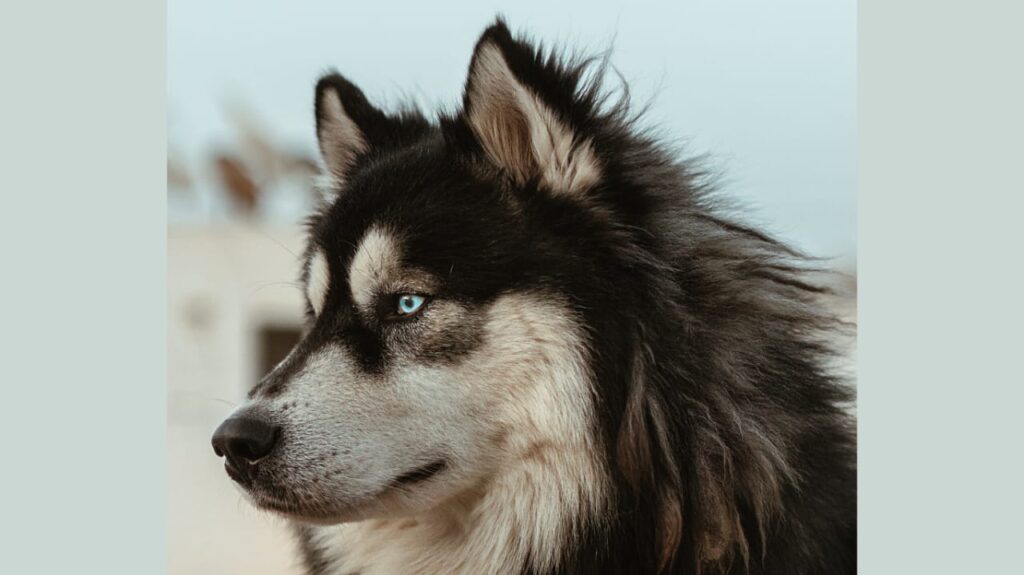
Will a Shock Collar Work on a Husky?
Huskies are intelligent and independent dogs, and their response to training methods can vary. Some huskies may respond well to shock collars, while others may be less receptive. It’s essential to introduce the collar gradually and ensure that the level of stimulation is appropriate for your husky’s temperament.
How to use a shock collar on a husky?
When using shock collars on Huskies, it’s crucial to approach the training process with care and responsibility. Start by selecting a shock collar specifically designed for Huskies, ensuring that it comes with adjustable settings for stimulation levels. Introduce the collar gradually to your Husky, allowing them to get accustomed to wearing it without activating the shock feature.
Understand the various settings on the shock collar, and begin with the lowest level of stimulation. Utilize the collar in conjunction with verbal commands to reinforce specific behaviors. For instance, if your Husky is not responding to a command, you can provide a mild stimulation to get their attention. Always prioritize positive reinforcement by offering treats, praise, or playtime when your Husky responds correctly without the need for stimulation. Read more
Tips for Using Dog Training Collars Effectively:
- Start Slowly: Introducing a dog training collar to your husky should be a gradual process. Begin by letting your husky wear the collar without any stimulation to allow them to acclimate to the new sensation. This helps prevent associating the collar with discomfort and builds a positive association. Gradual introduction ensures your husky feels comfortable and reduces anxiety associated with the collar.
- Professional Guidance: Seeking advice from a professional dog trainer is crucial when using training collars like shock collars and anti-bark collars. A trainer can provide personalized guidance on the correct usage, ensuring that the collar is used appropriately and effectively. This expert assistance minimizes the risk of misuse and helps tailor the training approach to your husky’s specific needs.
- Positive Reinforcement: Combine the use of dog training collars with positive reinforcement techniques. When your husky exhibits desired behavior, reward them with treats, praise, or affection. This positive reinforcement creates a connection between good behavior and positive experiences, making the training process enjoyable for your husky. This approach fosters a strong bond between you and your pet.
- Adjust Stimulation Levels: Ensuring the shock collar’s stimulation level is suitable for your husky is vital. Begin with the lowest setting and observe your husky’s response. If the response is not as desired, gradually increase the intensity, but always prioritize the well-being of your pet. Finding the appropriate stimulation level ensures effective training without causing unnecessary stress or discomfort for your husky.
By implementing these tips, incorporating dog training collars, anti-bark collars, and shock collars into your husky’s training regimen can be a positive and effective experience. Remember, patience and consistency are key to achieving desired results while maintaining a healthy and trusting relationship with your furry companion.
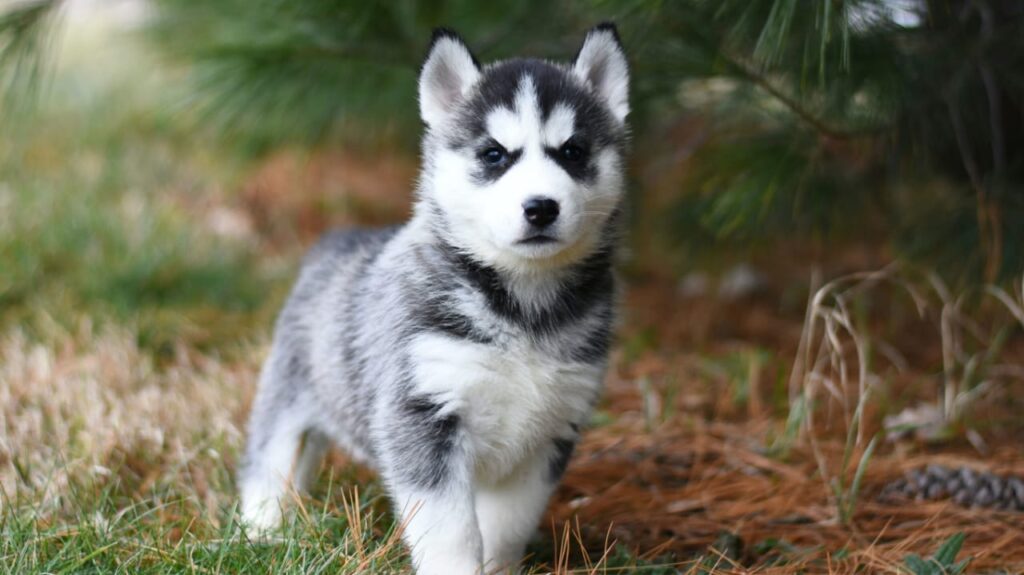
Should you use a shock collar on a husky?
Deciding whether to use a shock collar on your Husky is a personal choice that depends on various factors. Consider alternative training methods first, such as positive reinforcement and consistent commands, to address your Husky’s behavior. If behavioral issues persist, consult with a professional dog trainer to explore effective and humane training techniques tailored to your Husky’s needs.
It’s essential to understand that shock collars are not a one-size-fits-all solution, and their use should be approached with caution. Some dogs may respond well to other training methods, and using a shock collar should be a last resort. When considering a shock collar, research reputable brands and consult with your veterinarian or a professional dog trainer for guidance. Additionally, be sure to follow the manufacturer’s guidelines carefully and use the collar responsibly to avoid causing distress or fear in your Husky. Remember, a positive and patient approach to training is often more effective in building a strong bond with your furry friend.
Ultimately, the decision to use a shock collar on your Husky should be based on careful consideration of your dog’s individual temperament, the specific training goals, and your own comfort level with the device. If you’re unsure or have concerns, seeking advice from professionals who specialize in dog behavior can provide valuable insights and help you make an informed decision that aligns with your Husky’s well-being and your training objectives.
How do you put a shock collar on a husky?
Putting a shock collar on a Husky is a straightforward process, but it’s important to do it with care. First, make sure the collar is the right size for your Husky – not too tight and not too loose. Place the collar around your Husky’s neck, ensuring the contact points are on the skin, not buried in the fur. The collar should sit high on the neck, just below the ears.
Once the collar is in position, secure it snugly so it stays in place but isn’t too tight. You should be able to fit one or two fingers between the collar and your Husky’s neck. This ensures comfort and proper functionality.
Remember to attach any tags or additional items to the collar, and double-check the fit to ensure it’s secure. Introduce the collar gradually to allow your Husky to get used to wearing it before activating any shock features.
Always follow the manufacturer’s guidelines for proper use and be mindful of your Husky’s comfort and well-being throughout the process. If you have any concerns, consult with your veterinarian or a professional dog trainer for guidance.
Conclusion
In conclusion, will a shock collar work on a husky hinges on various factors, such as the individual dog’s temperament and the owner’s approach to training. While shock collars can be a valuable tool when used responsibly, it’s essential to recognize the unique qualities of huskies, known for their intelligence and independence. Some huskies may respond positively to shock collars, while others may require alternative training methods. The key lies in a thoughtful and gradual introduction of the collar, coupled with a nuanced understanding of the Husky’s behavior. Ultimately, successful training involves a combination of patience, positive reinforcement, and a tailored approach to meet the specific needs of each husky, ensuring a harmonious relationship between owner and pet.
This can also be helpful for you: How To Use A Shock Collar On A Husky?
What Size Collar Does A Husky Need?
Bark Collars For Large Dogs: Do Bark Collars Really Work?
How Many Inches Is A Large Dog Collar?

FAQ
1. What kind of collar is best for a husky?
For a husky, a sturdy and comfortable collar is essential. A martingale collar, which tightens slightly without choking, is often recommended. Harnesses are also good options, especially for huskies who tend to pull. Choose a collar or harness that fits well and is adjustable, ensuring it’s snug but not too tight. Always consider your husky’s comfort and safety.
2. Can I trust my Husky off leash?
Huskies are known for their independent nature, and trusting them off leash can be challenging. It’s generally safer to keep your husky on a leash, especially in unfamiliar areas. However, with consistent training and a strong recall command, some huskies can be trusted off leash in secure, fenced environments.
3. Why won’t my shock collar work on my husky?
Several reasons could contribute to the ineffectiveness of a shock collar on a husky. It might be due to improper fit, insufficient training, or a husky’s resistance to the sensation. Ensure the collar is snug but not tight, focus on gradual introduction, and seek guidance from a professional dog trainer to understand the correct usage.
4. How tight should a collar be on a husky?
A husky’s collar should be snug enough to prevent slipping over the head but not too tight. You should be able to fit two fingers comfortably between the collar and your husky’s neck. This ensures a secure fit without causing discomfort. Regularly check the collar’s fit as your husky grows or if there are changes in weight.
5. Do vets like shock collars?
Opinions among vets regarding shock collars vary. Some may advocate for their responsible use in specific situations, while others may express concerns about potential negative effects. It’s essential to discuss training methods with your vet, considering alternatives like positive reinforcement. Collaboration with your vet ensures a comprehensive approach to your husky’s well-being and behavior.
